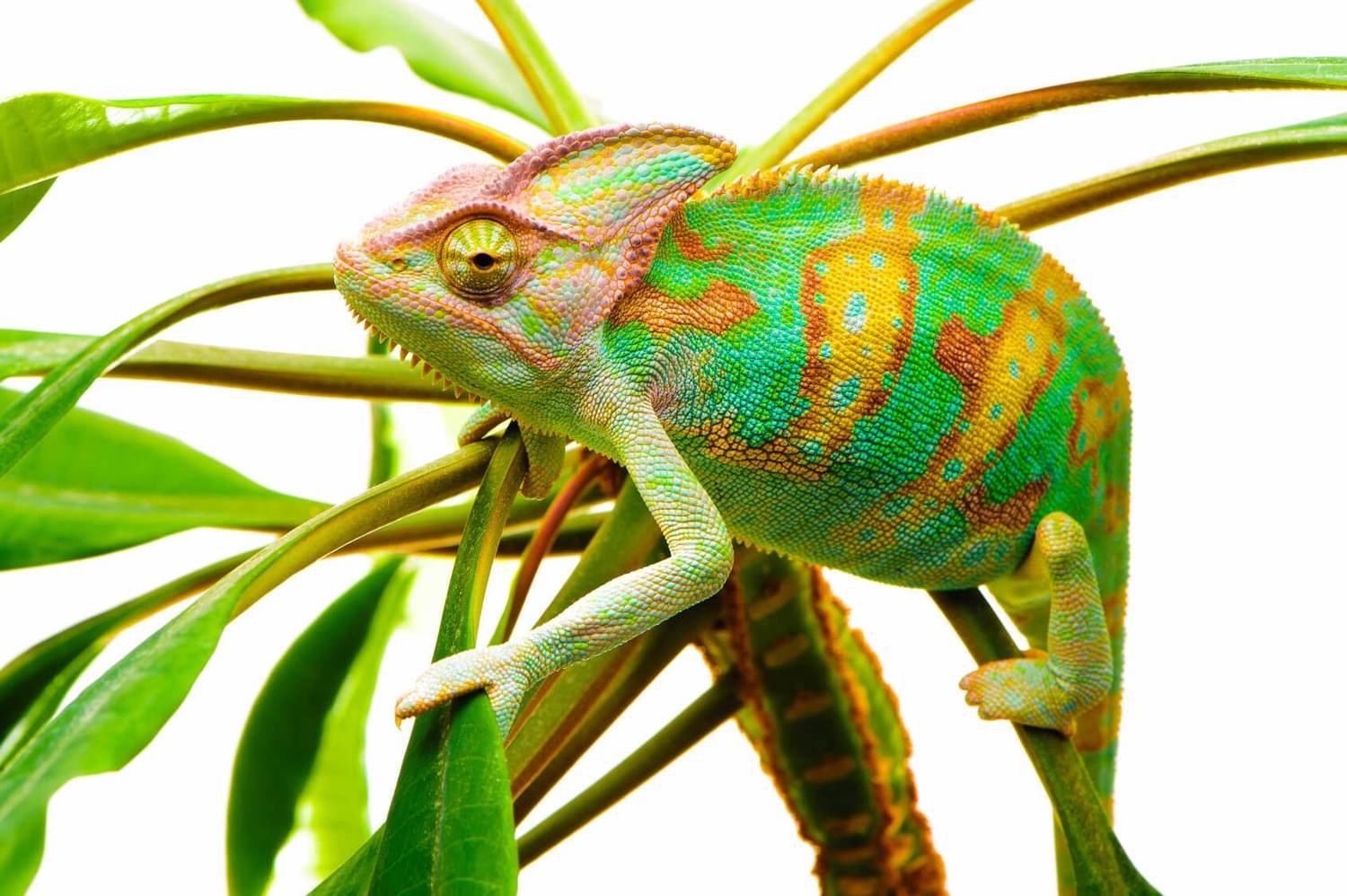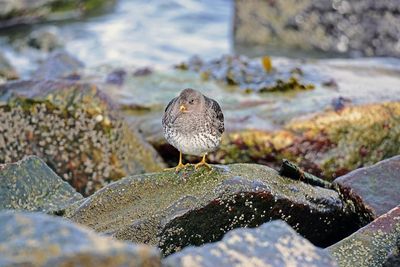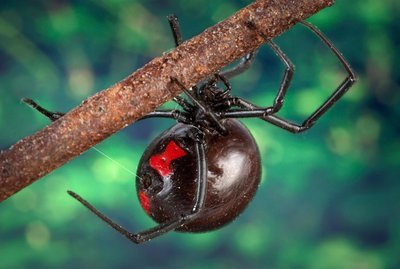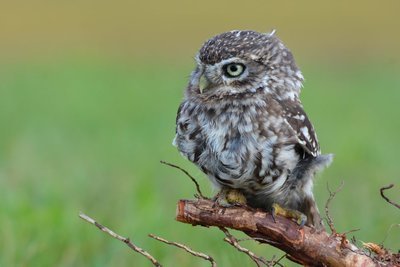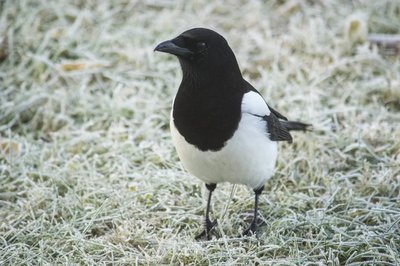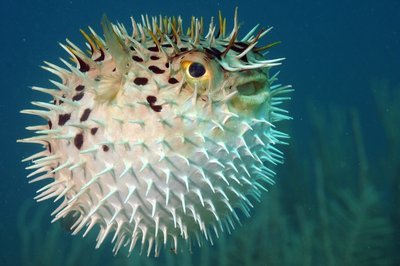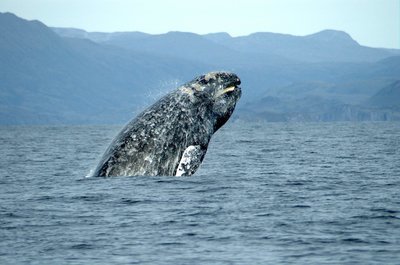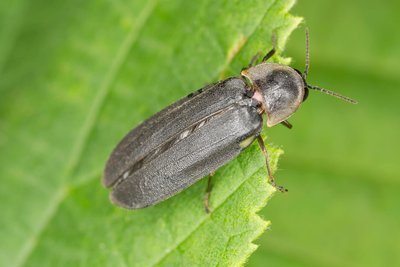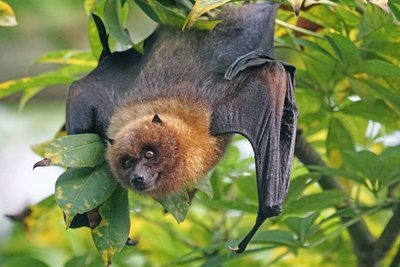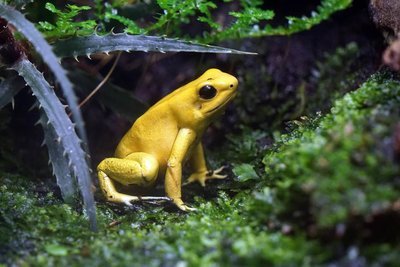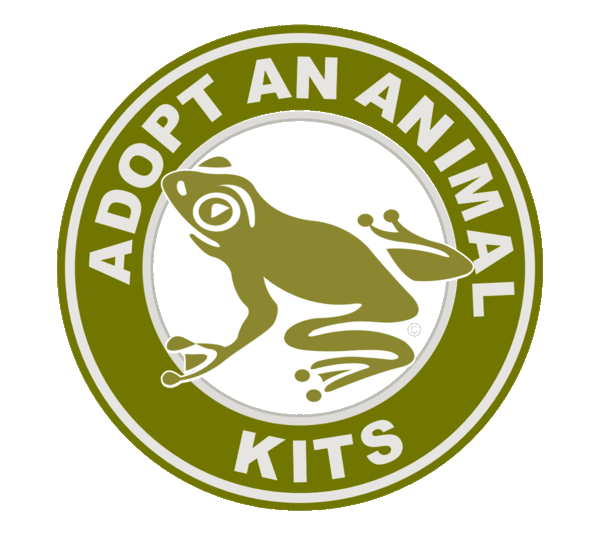

Adopt An Animal Kits
Adopt An Animal symbolically. Your Adopt An Animal Kit comes in a Deluxe Folder and includes: Glossy Photo of Your Adopted Animal; Adopt An Animal Adoption Certificate; Fact Sheet About Your Adopted Animal; Help Animals Info Cards Packed With Information On Animal Issues & How You Can Help Animals And The Environment. Adopt An Animal for Yourself or as a Gift.
Adopt A Chameleon
Adopt A Chameleon
Your Adopt A Chameleon Kit comes in a Deluxe Folder and includes:
- Glossy Photo Of Your Adopted Chameleon
- Adopt A Chameleon Adoption Certificate
- Fact Sheet About Your Adopted Chameleon
- Help Animals Info Cards Packed With Information On Animal Issues & How You Can Help Animals And The Environment
Adopt A Chameleon Kits make great gifts and can be sent directly to the recipient. Simply supply the recipient's name and mailing address as shipping information. We'll even include a letter stating the Adopt An Animal Kit is from you.
Adopt An Animal symbolic adoption is a one time fee. Adopt an animal for yourself or order an Adopt An Animal Kit as a gift. Help make a difference for animals - Adopt An Animal Today!
Adopt A Chameleon
True old world lizards with evolutionary roots that date back as far as 61 million years ago; chameleons are some of the most unique reptiles on earth. There are around 180 different species of chameleon belonging to the family Chamaeleonidae, which can come in a myriad and dazzling range of colors and sizes. Many species have the astounding ability to change colors in order to blend into their environment.
Naturally preferring warm climates, chameleons live in habitats that range from rainforest to dry desert, and chameleons have been found to occur, depending on species, in Africa, Madagascar, Europe, and southern Asia (as far as Sri Lanka). The word chameleon derives from Latin and Greek languages, roughly meaning ‘lion of the ground.’
It’s difficult to even begin to describe a chameleon’s curious appearance. They can range from 0.6 inches up to 27.5 inches in length, and their size and body structure can be very different from species to species. Some have unique decorative features, such as horn-like nasal protrusions or crests on top of their heads, while others have crests of small spikes along their spine that help break up the outline of the chameleon so it blends into its surroundings. The males of many chameleon species tend to be more decorative than the females.
Since most chameleons are tree dwellers, they have developed prehensile (grasping) tails and a highly functional foot structure, often referred to as a zygodactyl foot. On each of their feet, the toes are grouped into either two or three separate, flattened bundles, which give the feet the appearance of tongs. These specialized feet allow chameleons to grip tightly onto narrow branches, and the sharp claws at the end of each toe help these little lizards to readily climb rough surfaces like bark. Even those species that have moved to more terrestrial movement have kept the same toe structure as their tree-top dwelling counterparts.
Continuing to break the mold when it comes to unusual animals, chameleons also have the most distinctive eyes of any reptile. Their upper and lower eyelids don’t move separately, but are completely joined together, leaving only a pinhole opening large enough for the pupil to see through. A chameleon can keep just one eye on you while watching a tasty bug at the same time. Each eye can move, pivot and focus in complete independence, giving them a 360 degree field of vision. In addition, their actual eyesight is excellent in comparison to other reptiles, allowing them to see their prey from as far as 5 to 10 meters away. Their eyes can also detect both visible and ultraviolet light – in fact, ultraviolet exposure plays an important role in regulating a chameleon’s social, feeding, and reproductive activities.
The most renowned characteristic belonging to many species of chameleon is their ability to change their skin color and pattern, usually in combinations of pink, blue, red, orange, black, brown, light blue, yellow, turquoise or purple. Chameleons have two layers within their skin structure, placed on top of one another, that control color change by using a lattice of a substance called guanine nanocrystals. When the chameleon’s body ‘excites’ the lattice, the distance between the nanocrystals increases, changing which wavelengths of light are reflected and absorbed by their skin (therefore changing their color and pattern).
Chameleons will change color not only to camouflage, but also to communicate with others in social situations like courting before mating, or conflict. One species, the Namaqua chameleon, changes color in order to help regulate its body temperature too, turning black in cooler weather to absorb heat, and then lighter grey to reflect light in warmer daytime temperatures. In general, a chameleon will usually show darker colors if they’re angry or trying to scare off other chameleons or animals, but shows lighter and more multicolored patterns when they’re courting to mate.
In order to fuel all of this brilliant body structure, chameleons need to be fairly efficient hunters. They eat mainly insects, though some larger species will also hunt other lizards and sometimes even small birds, catching them by rapidly projecting their long, sticky tongue to capture their prey from afar and bring it into their mouth to eat. Some chameleons can actually project their tongues more than twice the distance of their own body length, and can capture prey in as fast as 0.07 seconds. Many chameleon species will also munch on tender leaves, plant shoots and berries as well to supplement their diet.
Chameleons are mainly external egg-layers (oviparous), though some species retain eggs inside their body until they are ready to hatch (oviviparous). Chameleons who lay eggs will do so three to six weeks after mating, digging a hole in the ground to lay anywhere from two to two hundred eggs, depending on the particular sizes and species. Although eggs of these chameleons generally hatch after 4 to 12 months, the eggs of one species, the Parson’s chameleon, are believed to have an extremely long gestation period of over 24 months.
Oviviparous species, on the other hand, have a gestation period of five to seven months, after which the mother chameleon presses each sticky-surfaced egg onto a branch. The egg membrane then bursts, freeing the new young chameleon to move away, hunt, and hide from predators. An oviviparous female can have up to 30 live young from one gestation period.
THREATS TO CHAMELEONS
There are several species of chameleons that are inhumanely kept in captivity. Every year, a variety of sources provides millions of animals to the exotic pet trade. Animals are captured from their native habitat and transported to various countries to be sold as “pets”. Others are surplus animals from zoos or their offspring. Backyard breeders also supply exotic animals. The sellers of these animals often disregard state or local laws regulating private possession of exotics, and the dangers, difficulties, physical and physiological needs of the animals they peddle. The suffering of the animals in the hands of unqualified and hapless buyers appears to be of no concern in the lucrative exotic pet trade. Reptiles pose safety risks to humans. Many incidents have been reported of escapes, strangulations, and bites from pet reptiles across the country.
Many species of chameleons are threatened with extinction in their natural habitats because of human pollution and deforestation.
These small lizards can also be host to a number of different parasites as well; nematode worms and protozoan parasites like Plasmodium (the parasite that causes malaria) and coccidia have all been noted to be carried by various chameleon species.
Adopt Adopt An Animal Kits
Our Adopt An Animal Kits are educational packets that allow you to symbolically adopt a favorite animal species and contain a variety of information promoting the protection of wildlife, companion animals, farm animals and the environment. By purchasing a symbolic adoption kit you will receive a packet of information regarding daily choices you can make to help the earth and animals.
Your Adopt An Animal Kit comes in a Deluxe Folder and includes:
Glossy Photo Of Your Adopted AnimalAdopt An Animal Adoption CertificateFact Sheet About Your Adopted AnimalHelp Animals Info Cards Packed With Information On Animal Issues & How You Can Help Animals And The Environment.
Adopt an animal for yourself or order an Adopt An Animal Kit as a gift. Symbolically adopting an animal is the perfect gift for a loved one who loves animals, and helps to promote the compassionate treatment of animals and respect for the environment by offering information on how to help the earth and animals. Adopt An Animal Kits can be sent directly to the recipient: simply supply the recipient's name and mailing address as shipping information. We'll even include a letter stating the Adopt An Animal Kit is from you.
Adopt An Animal Kits is a small, independent business not affiliated with any other business, non profit or charitable organization.
Fast Shipping!
Shipping time for Adopt An Animal Kits averages 2 to 4 business days - USA. Allow additional time for Adopt An Animal Kits orders outside the USA. Your Adopt An Animal Packet will arrive approximately 2 to 4 business days following shipping date. Shipping for Adopt An Animal Kits within the USA is by U.S.P.S. Priority Mail.
INTERNATIONAL ORDERS: Average shipping time for Adopt An Animal Kits outside of the USA is 5 to 14 business days, including Canada. International Shipping & Handling for Adopt An Animal Kits is by U.S.P.S. First Class Mail.
About Us

Adopt An Animal Kits, LLC
The world is teaming with an amazing diversity of animals. Some species are beautiful, others bizarre — but they all are important to the ecosystem and deserve our respect, compassion and protection. Unfortunately, many animal species are declining at a rapid rate as a result of irresponsible human activities. Habitat destruction, pollution, hunting, poor agricultural practices and changes in climate are among the threats faced by wildlife and domestic animals.
Adopt An Animal Kits, LLC is a small business who believes in promoting the advancement of compassionate living by educating the public about animal and environmental issues and what individuals can do to prevent cruelty to animals. Through our work, we strive to eliminate the prejudice of animals (speciesism) through educational efforts. Our business produces printed and printable educational materials available to individuals with an interest in earth and animal topics. Our Adopt An Animal Kits seek to educate and influence individuals on environmental and animal issues. The purchase of an Adopt An Animal Kit allows you to symbolically adopt your, or your loved one's, favorite animal species while promoting the protection of wildlife, companion animals, farm animals and the environment. Rather than adopting an indivdual animal, you are symbolicly adopting the species. Each kit contains a collection of information on how you or your loved one can make daily choices to help animals and the environment.
Our website provides an information portal regarding these issues. Information posted on the site is free of charge and available to anyone with an interest. Our printed and printable materials are available to individuals with an interest in earth and animal issues. We produce hundreds of fact sheets, flyers, and digital materials regarding environmental and animal issues. Most materials are available at no cost to anyone with an interest.
Adopt An Animal Kits, LLC is not a charitable or nonprofit organization.
